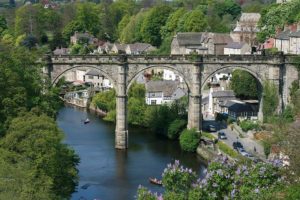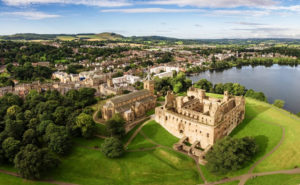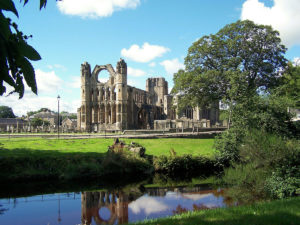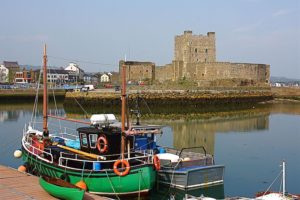
Reading
Reading is a large historic town dating back from the 8th century in Berkshire, England.
Medieval cities varied greatly in size and design, depending mainly on the economic and political factors that shaped them. Many of them were surrounded by high walls (several meters high and thick) made of stone or brick and reinforced with defensive structures. Inside them, medieval towns and cities typically had narrow and winding streets with houses and shops. Explore medieval towns, cities, and villages in England, Scotland, Wales, and Northern Ireland. Oldest medieval buildings and structures, history, photos, maps, etc.
A list of medieval towns in England you can visit today. Explore the events that shaped these beautiful locations and find out how to get there, what to see, where to eat, and much more.

Reading is a large historic town dating back from the 8th century in Berkshire, England.

Knaresborough is a 12th-Century market town perched on the cliffs above the River Nidd.
Many medieval towns in Scotland were located along the east coast, where they could benefit from trade with Europe and Scandinavia. The houses in medieval Scottish towns were often made of stone or clay, with thatched or tiled roofs. The wealthier inhabitants lived in larger houses with multiple floors, while the poorer residents lived in smaller, single-story cottages.

Linlithgow in West Lothian was once home to one of the great royal courts of Europe

Elgin is a town and former cathedral city in Scotland, first documented in 1190 AD.
Most of the medieval towns in Wales were located along the coast or near the Welsh-English border, and they were often associated with castles or other fortifications. Some of the largest and most important towns in medieval Wales included Caernarfon, Conwy, and Cardiff. The layout of medieval Welsh towns was often influenced by the landscape, with narrow, winding streets and houses built closely together.

Carrickfergus sits on the north shore of Belfast Lough and is County Antrim’s oldest town
Do you want to learn more about little villages, medieval towns, and centuries-old cities? Here are some of my favourite books to help guide you on this adventure! I’ve picked a few different things; from books about the layout of medieval cities to atlases, and a couple of general guides that will give you an excellent idea of what life was like in a medieval town.